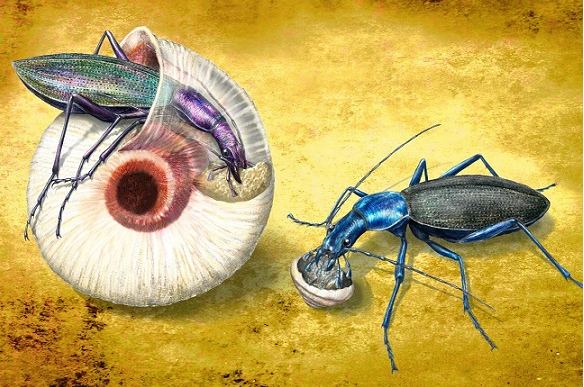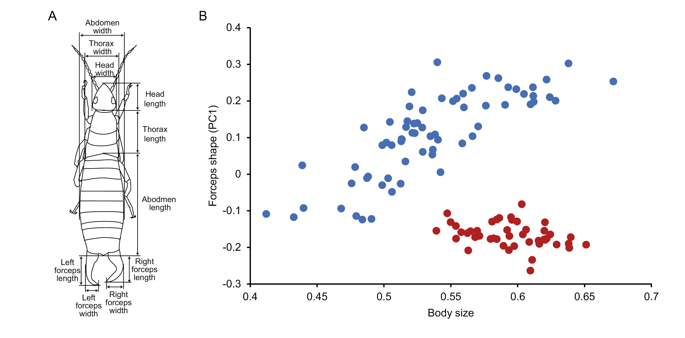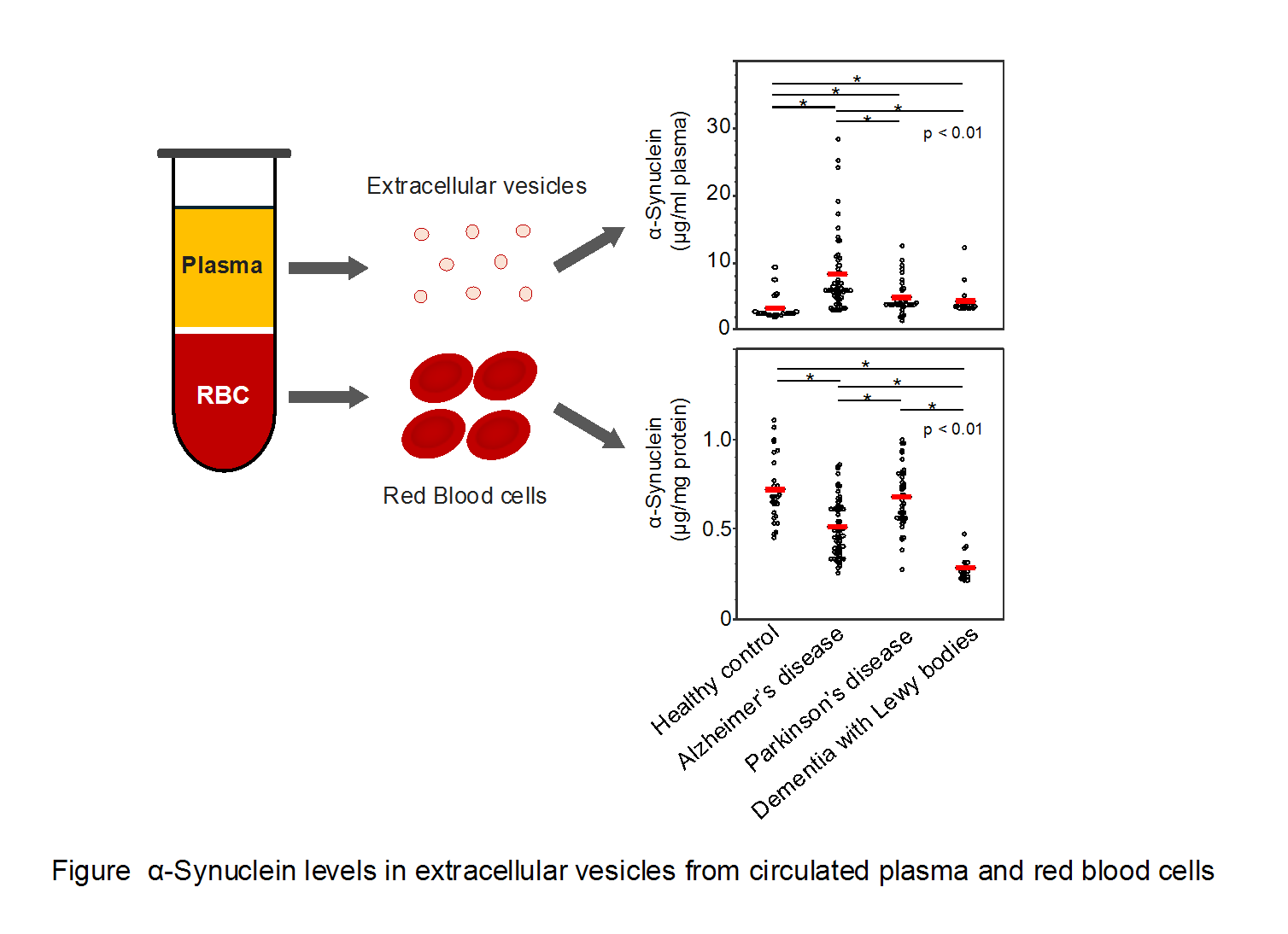August 1, 2024
Genes Conserved in a Variety of Animals, Including Insects, Molluscs and Mammals, are Involved in the Adaptive Radiation of Carabid Beetles






The genetic background of the morphological divergence of snail-feeding beetles. Slender beetles (left) can eat large snails by inserting its head into a shell but cannot eat snails with shell apertures smaller than their heads. Stout beetles (right) can eat small snails by crushing the shell through powerful jaw biting but cannot eat large snails with hard shells. Shell entry and crushing are alternative behaviors for subsisting on snails, and this functional trade-off causes diversification in snail-feeding carabid beetles. We found that odd-paired is involved in this morphological divergence of snail-feeding beetles.
READ MORE RESEARCH NEWS - SCIENCE
ACADEMICS
Undergraduate Programs
– Medicine
– Pharmaceutical Sciences
– Science
– Nursing
– Health Science
Graduate Programs
–Medicine
–Pharmaceutical Sciences
–Science
–Nursing
Undergraduate Programs
– Medicine
– Pharmaceutical Sciences
– Science
– Nursing
– Health Science
Graduate Programs
–Medicine
–Pharmaceutical Sciences
–Science
–Nursing
RESEARCH
– News
– Guidelines & Policies
– Support Offices
– Facilities
– Security Export Control
Non-Degree Programs
– Clinical Elective Program
– International Physician Observership Program




